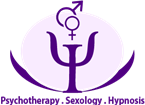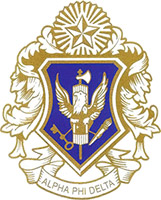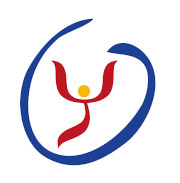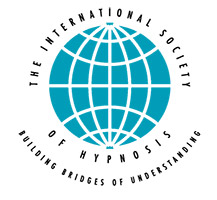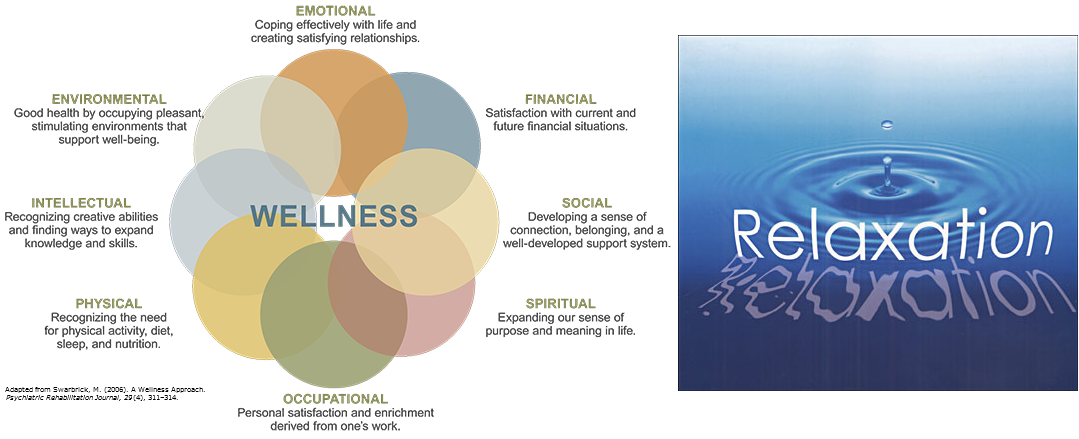
A Relaxation technique is a method, process, procedure, or activity that helps a person to relax; to attain a state of increased calmness; and to reduce levels of anxiety, stress or anger. Relaxation techniques are often employed as one element of a wider stress management program and can decrease muscle tension, lower the blood pressure and slow heart and breathe rates, among other health benefits.
Various techniques are used to improve a state of Relaxation. Some of the methods involve movement, some focus on stillness; while other methods involve different elements. Certain relaxation techniques known as "formal and passive relaxation exercises" are generally performed while sitting or lying quietly, with minimal movement and involve "a degree of withdrawal".
These include:
• Autogenic training
• Biofeedback
• Deep breathing
• Progressive Muscle Relaxation
• Visualization
Movement-based relaxation methods incorporate exercise such as walking, gardening, and more. Some forms of bodywork are helpful in promoting a state of increased relaxation. Examples include massage, acupuncture and reflexology.
Listening to certain types of music, particularly New Age music and classical music, can increase feelings associated with relaxation, such as peacefulness and a sense of ease. Humor is helpful.
Flotation therapy, a powerful and profound relaxation reduces pain and stress and releases endorphins. People are most happy when they are in a state of flow— a state of concentration or complete absorption with the activity at hand and the situation. It is a state in which people are so involved in an activity that nothing else seems to matter.
The idea of flow is identical to the feeling of being in the zone or in the groove.The flow state is an optimal state of intrinsic motivation, where the person is fully immersed in what he or she is doing. This is a feeling everyone has at times, characterized by a feeling of great absorption, engagement, fulfillment, and skill—and during which temporal concerns (time, food, ego-self, etc.) are typically ignored.
"Being completely involved in an activity for its own sake". The ego falls away. Time flies. Every action, movement, and thought follows inevitably from the previous one, like playing jazz. Your whole being is involved, and you're using your skills to the utmost."
To achieve a flow state, a balance must be struck between the challenge of the task and the skill of the performer. If the task is too easy or too difficult, flow cannot occur. Both skill level and challenge level must be matched and high; if skill and challenge are low and matched, then apathy results.
The flow state also implies a kind of focused attention, and indeed, mindfulness relaxations seem to improve a person's capacity for flow. Among other benefits, all of these activities train and improve attention.
In short, flow could be described as a state where attention, motivation, and the situation meet, resulting in a kind of productive harmony or feedback.
Biofeedback is the process of becoming aware of various physiological functions using instruments that provide information on the activity of those same systems, with a goal of being able to manipulate them at will. Processes that can be controlled include brainwaves, muscle tone, skin conductance, heart rate and pain perception.
Biofeedback is used to improve health or performance, and the physiological changes often occur in conjunction with changes to thoughts, emotions, and behavior. These changes can be maintained without the use of extra equipment.
Biofeedback is effective for the treatment of headaches and migraines.
